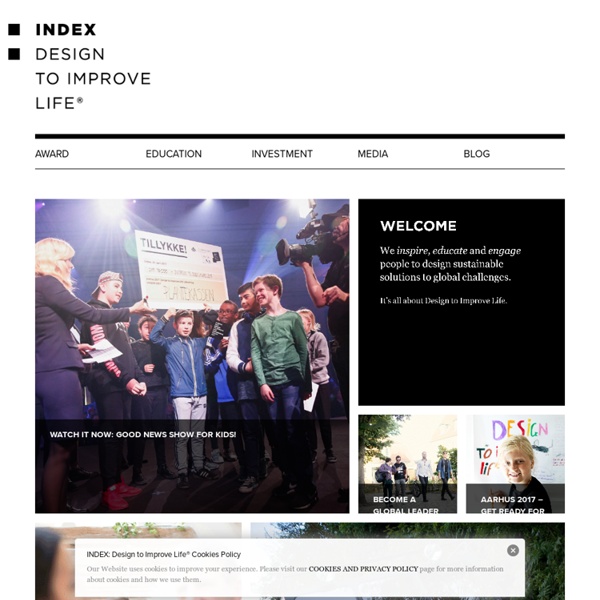



Detection Technology - Home Lybba | Home ::: GNU Health ::: Drishtee - Sustainable Communities Open health innovation In The Open Patient: Healing through sharing, a new documentary from Red Hat Videos, Steven Keating and Liz Salmi share their personal stories about advocating for open medical data. The Glucosio team is headed up by Benjamin Kerensa, of Mozilla, who has an aggressive, unparalleled vision for the product. In this interview, he talks about the project and where it goes from here. Angie Nyakoon and Amanda Gbarmo Ndorbor are two outspoken and energetic women who oversee the Mental Health Unit at the Ministry of Health and Social Welfare (MOHSW) in Liberia. Together, they're applying a new open source app called mHero (that was first used to help them deal with the Ebola... Read more Vasily Shishkin shares why and how he uses Blender and 3D printing to help prepare for orthopedic surgeries. Ben Kerensa shares how he got involved with open source as well as why he created Glucosio, an open source project that aims to bring diabetes management and research software to the masses.
How Are Women Who Are Making Less Than $2 a Day Using Mobile Tech? Posted by AnneryanHeatwole on Mar 09, 2012 March 8th is International Women's Day and to mark the occasion, the GSMA mWomen Programme has released a study called " Striving and Surviving – Exploring the Lives of Women at the Base of the Pyramid ." Drawn from 2,500 interviews with women (aged 16-64 in both rural and urban areas) living on less that $2 a day in Egypt, India, Papua New Guinea, and Uganda, the report looks at how mobile technology influences the way women approach health, economic development, and family relationships, and what mobile operators can do to reach more low-income women. The report is divided into three parts; part one looks at the social, cultural, and economic factors that women at the base of the economic pyramid face in their daily lives, part two looks at the role of mobile technology in their lives, and part three looks at how technology can be used to further reach low-income women. 80% reported being connected to friends and family
mHealth Alliance Corporate Social Responsibility and Sustainability News, Press Releases, Feeds, Events and More Model for Future Health Care Services | Developing Better Services | DHSSPS(NI) Under DBS we are working to develop a model of health care which will provide high quality, safe services which are accessible for all and provided by well trained, motivated staff in modern settings. Over the next twenty years two distinct forces will define the shape of our health services, namely: Greater provision of generalist services within communities or on a day-patient or out-patient basis than is the case at present. The role of hospitals is to support community-based care services in promoting health and wellbeing. Within each Board area, the Area Programme Board has responsibility for taking forward the developments under Developing Better Services. The overarching model for future health care services has been set out in Regional Strategy “A Healthier Future: A Twenty Year vision for Health and Wellbeing in Northern Ireland 2005-2025”.
Join / About the YPCDN | yp-CDN ~Sir George Alleyne, Director Emeritus, PAHO and leading voice on NCDs Our mission is to build a cohesive, diverse and young global community who will drive policy, research, and social change for a healthy and equitable future. Our mission is accomplished through action targeting the social injustice levied by non-communicable diseases (NCDs). We are achieving this by harnessing the talents and energies of the next generation of health leaders to collaborate with established stakeholders in the field. The movement – part social, part technical – will be rooted in the evidence, experience, and insights generated by members from across the globe. Today, YP-CDN has more than a thousand members spanning more than 80 countries, with local groups meeting in almost 30 cities. A member animates the value of YP-CDN: ~Seun Adebiyi, a Winter Olympic hopeful from Nigeria A recent survey identified the following dimensions our members value; Community & connectedness Research & policy collaboration
Five Payment Models: The Pros, the Cons Back to Table of Contents | February 2011 Five Payment Models: The Pros, the Cons, the Potential By Janet Silversmith on behalf of the MMA Work Group to Advance Health Care Reform ■ Among the leading strategies to reform health care is the development and implementation of new payment models. The goal is to change the way physicians, hospitals, and other care providers are paid in order to emphasize higher quality at lower costs—in other words, to improve value. In an effort to build on its health care reform activities that began in 2005, the Minnesota Medical Association convened a work group in 2010 to develop recommendations on how payment reform can best be advanced. ■ Payment ModelsThe five payment models that the MMA work group reviewed are fee for service, pay for coordination, pay for performance, episode or bundled payment, and comprehensive care or total cost of care payment. Several different perspectives can be used to evaluate payment models. References1.